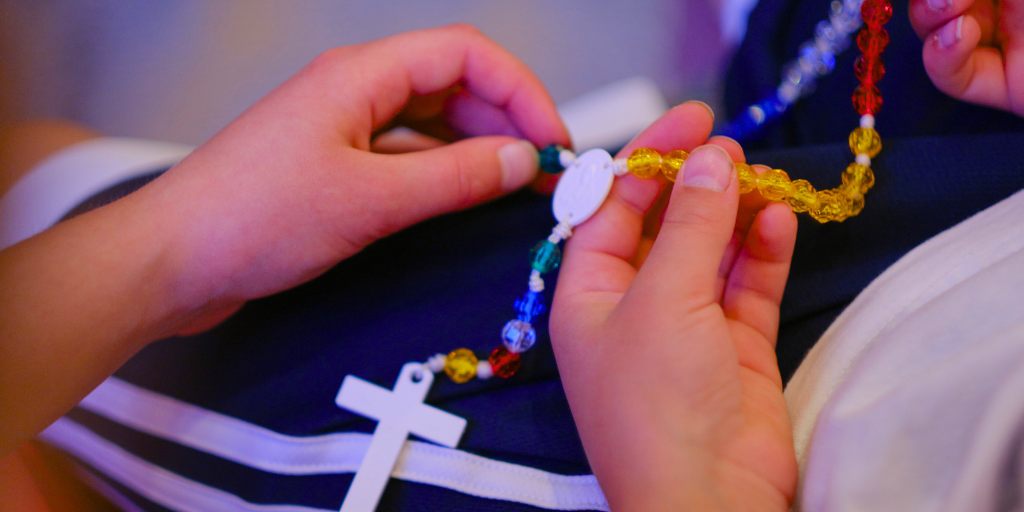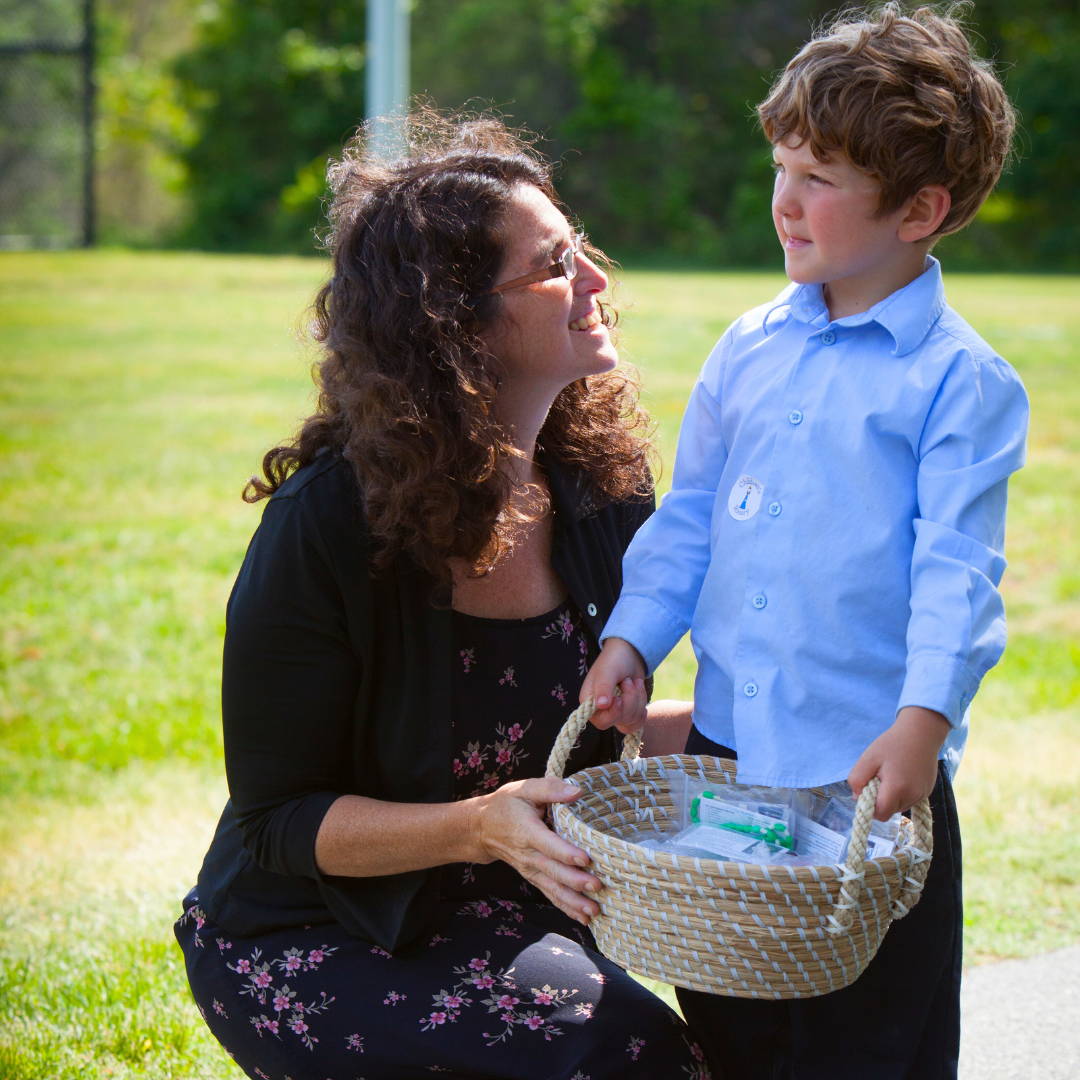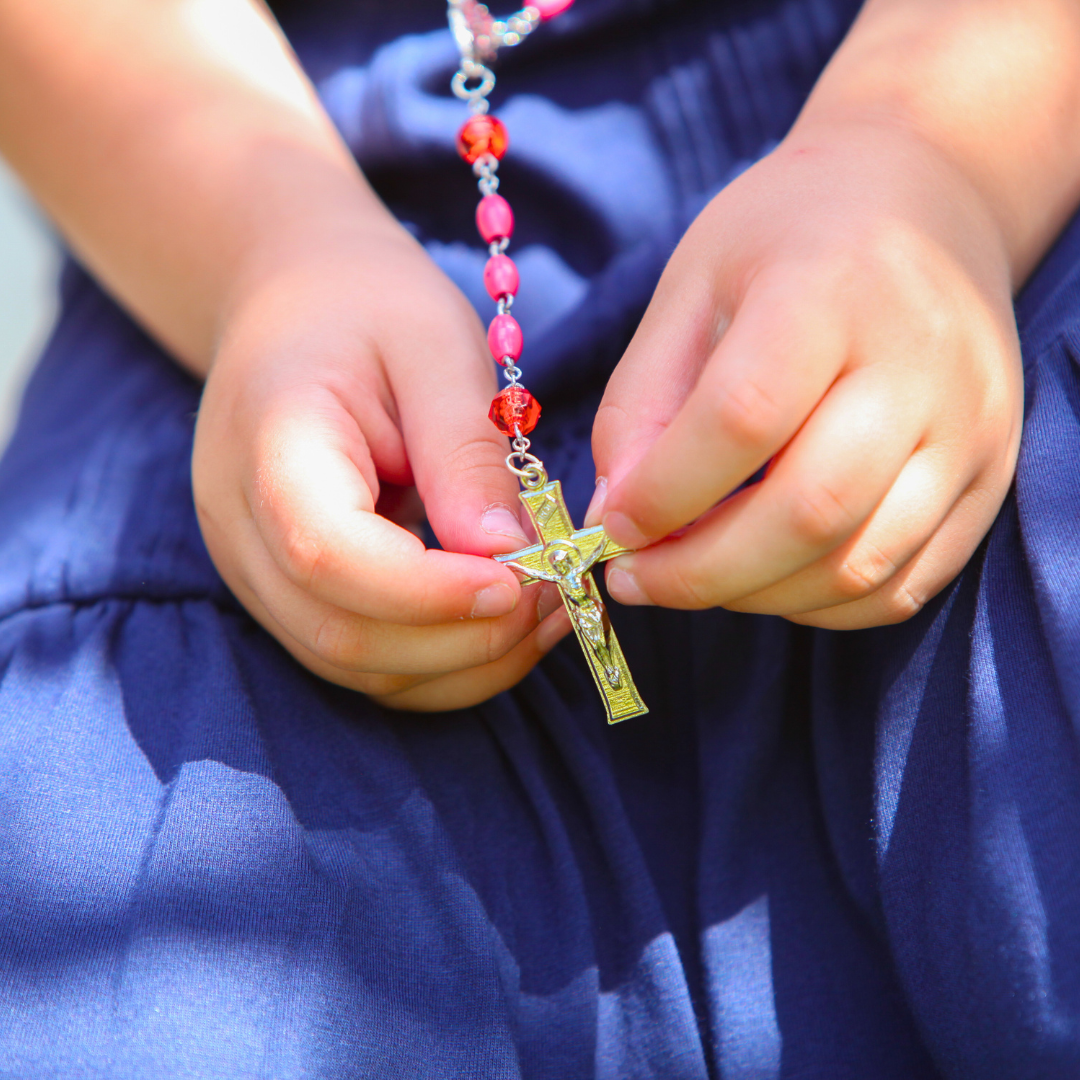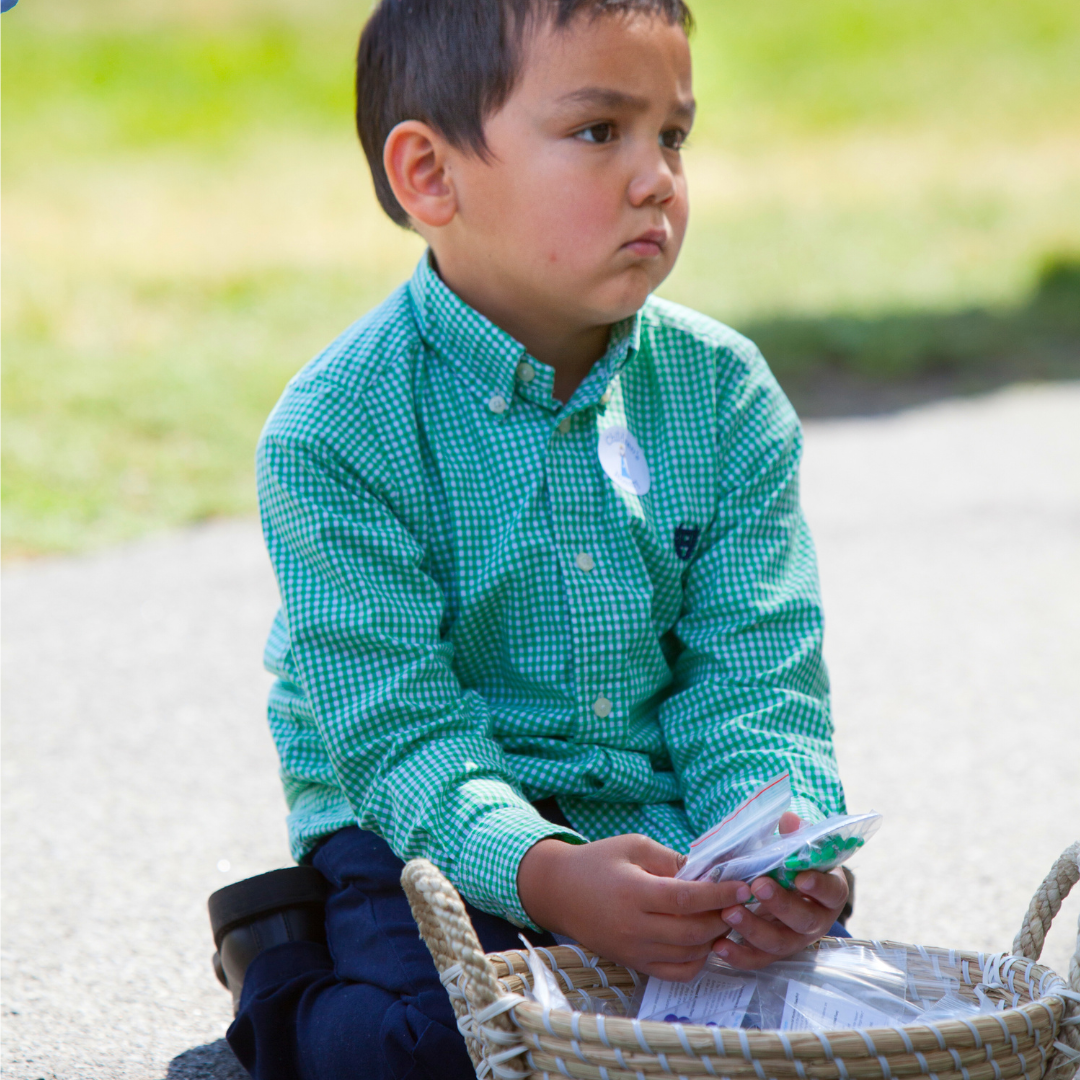
For this Month of the Rosary, Cassandra Spellman revisits the history of the Rosary and why it’s so critical for our faith lives.
If you were to visit my parish church, you’d find a little basket on a table in the narthex filled with plastic rosary beads. I imagine the ladies who make these free rosaries have been delighted by the alacrity by which the rosaries have disappeared of late. Perhaps they speculate that the fervency of the parishioners for this Marian devotion has sky-rocketed.
What they don’t realize is my children are responsible for the majority of the disappearing rosaries. My kids see a striking new color bead (“Oh, Mom! I don’t have an orange rosary! This is perfect for fall!”) and thus our collection of plastic rosaries grows yet again.

I guess if my kids are building a collection, I should be happy that it’s of rosaries! As October is the Month of the Rosary, this is a good time for us all to brush up on our understanding of and love for this beautiful sacramental.
The word “rosary” comes from the Latin rosarium, which means “rose garden.” We can imagine the Rosary as a prayer of love that metaphorically presents a wreath of roses to our Blessed Mother. There is a beautiful legend that relates Our Lady’s appearance to a child who was praying the Hail Mary. According to the story, each time the child finished reciting the prayer, a rosebud appeared and Our Lady gathered it in her hands. As the roses accumulated, Our Lady created a crown with them and placed it on her head.
There is a long history of people using beads to pray. In ancient times, those seeking a spiritual experience would string beads and use them to assist with meditation. Early monks kept track of their prayers by moving a pebble from one jar to another. The association between physical beads and prayer is revealed by the fact that the Old English word bede literally means “prayer.” The beads began to take on the character of the Rosary starting in the Middle Ages when Our Lady gave a rosary to Saint Dominic in 1206. Saint Dominic and his fellow friars used the Rosary to teach Europeans, who were mostly illiterate, about Christian beliefs.

At that time (as now), clergy would pray the Divine Office, an involved spiritual exercise incorporating readings of Scripture, prayers, and hymns for set times of the day and seasons of the year. Lay people desired extended time of prayer as well, but the Divine Office was too complicated and difficult for those who were uneducated. The initial solution was to have the laity recite the one hundred and fifty psalms. As you can imagine, this was also time consuming and involved, so the psalms were further divided into three smaller parts of fifty psalms each. But how could the average illiterate European man or woman read even one psalm—let alone fifty?
The solution was for the laity to pray the Our Father fifty times. In the 14th century, the Hail Mary as we know it was developed and became incorporated into the praying of the Our Father. By the 16th century, fifteen events of the Gospels, used for meditation during these vocal prayers, were grouped into three sets of five, distinguishing the Joyful, Sorrowful, and Glorious Mysteries. Saint John Paul II added the Luminous Mysteries in 2002.
History witnesses the power of the rosary. In 1571 the Mediterranean Christians asked for Our Lady’s intercession to combat the threat of Islam. The Dominicans’ devotion to the Rosary brought subsequent victory to the Italian navy at the Battle of Lepanto on October 7, 1571. (One year later, Saint Pius V declared October 7 the Feast of the Holy Rosary.) Saint John Vianney said that praying the Rosary restored religion to France in the 19th century. During the Cold War, many Catholic leaders promoted the Rosary as a weapon of peace, declaring “Fatimize or be atomized.”
Our Lady herself has expressed her desire that we pray the Rosary. At Lourdes, Our Lady appeared to St. Bernadette with a rosary in her hands. At Fatima, she instructed Lucia, Francisco, and Jacinta to pray the Rosary daily.
Michelangelo’s Last Judgment, which depicts the final times, shows an angel rescuing two souls from punishment by pulling them up from the fiery pits of hell using a rosary as their rope. Our Lady invites us to pray the Rosary this month of October, to meditate upon those pivotal Gospel scenes that brought about our redemption. She beckons us to draw closer to her as we finger these rosary beads and she will bring us to her divine Son.
Humble plastic beads they may be, but through them God puts the devil to flight and fills our souls with grace.

Copyright 2023 Cassandra Spellman
Images: Holy Cross Family Ministries, all rights reserved.
About the Author

Cassandra Spellman
Cassandra Spellman is grateful to God for the gift of her Catholic faith and her vocation as wife and mother. She and her husband wrote The Shadows of Freedom series, a Christian dystopian trilogy. They blog about faith, marriage, philosophy, and literature at SpellmanBooks.com.


.png?width=1806&height=731&name=CatholicMom_hcfm_logo1_pos_871c_2728c%20(002).png)
Comments